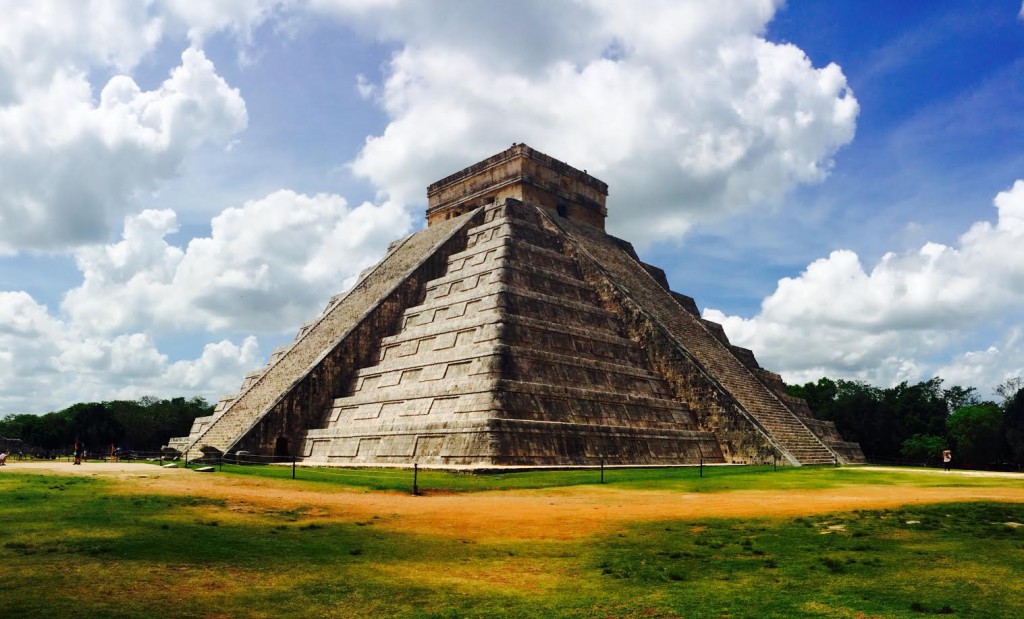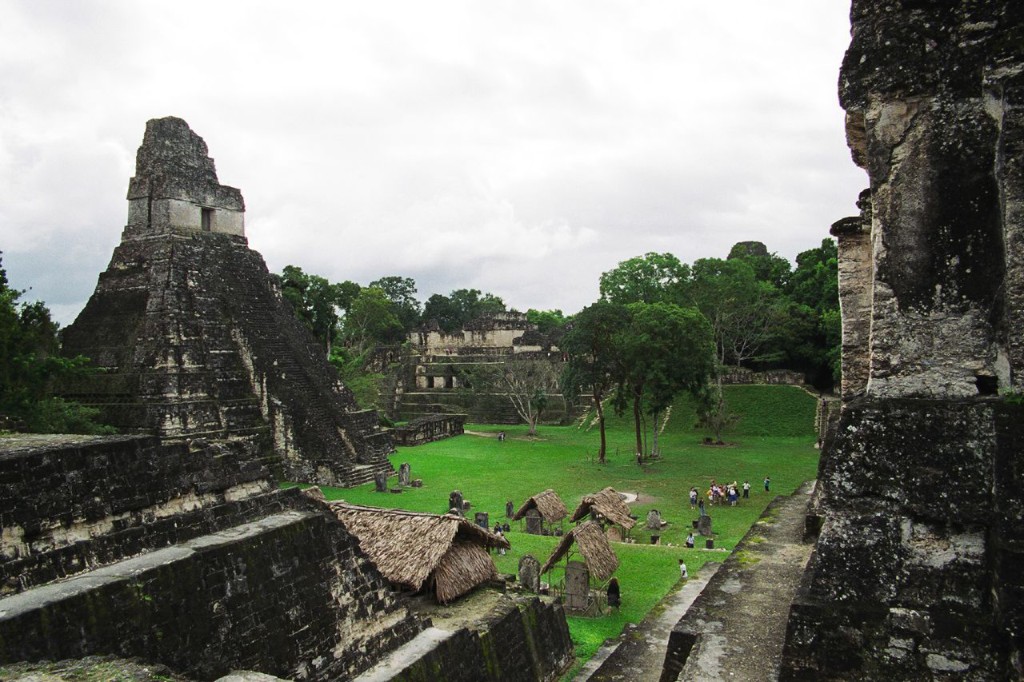The legacy of the Maya Empire resonates throughout Central America. Once extending across present day Guatemala, Belize, El Salvador, southern Mexico, and western Honduras, the Mayans virtually disappeared by A.D. 900. Even today, scholars continue to debate over what caused the decline, citing circumstances as disparate as water loss and earthquakes to diseases and invasions from outside conquerers.
This once great Pre-Columbian civilization demonstrated a great degree of prowess in agriculture, pottery, hieroglyphics, calendaring, and mathematics, but what the Mayans may be most remembered for today is their awe-inspiring ruins.
To this day, tourist and locals alike flock to these ruins to connect with one of the most impressive and mysterious civilizations on our planets history. Here are five (but certainly not all!) of the most impressive.
Calakmul
Tucked away in the jungles of present day Campeche, Calakmul is one of the largest Mayan cities ever uncovered. With over 6,500 ancient structures identified within, Calakmul’s 55 meter (180 foot) high pyramid is by far the tallest and most well-known. The Mayan people often built upon existing temples in order to achieve their highest structures. Calakmul is a great example of this practice.
Palenque
Located in present day Chiapas, Mexico, Palenque might be smaller than some of its neighboring Mayan cities, but the craftsmanship of the architecture and sculptures is unrivaled. One notable site is the Temple of Inscriptions, which is the only Mesoamerican pyramid built to serve as a funerary monument.
Uxmal
Aside from being the tallest structure in Uxmal at 115 ft, the Pyramid of the Magician is one of the best preserved Pre-Columbian sites in Mexico. What sets this pyramid apart are the oval layers of structure. Most Mayan pyramids are comprised of mostly rectangular or square layers. While the name Uxmal may mean “built three times” in Mayan, this pyramid appears to have been built in five phases, starting from the sixth century continuing periodically through the 10th century.
Chichen Itza
Perhaps one of the most recognizable temples of the Maya Empire is located at the Chichen Itza site. Nicknames El Castillo, this temple had astronomical significance to the Mayan people. The four faces of the pyramid each have a stairway with 91 steps. Including the shared step at the top, this adds up to 365—the number of days in a year.
Tikal
Between ca. 200 to 900 AD, Tikal was the largest Mayan city with an estimated population between 100,000 and 200,000 inhabitants. Situated in modern day Guatemala, Tikal contains 6 large temple pyramids, restored buildings scattered throughout the area, and many more hidden within the jungle. The largest structure is the Temple-pyramid IV. At roughly 72 meters (230 feet) high, the top of this temple offers one of the most beautiful panoramic views in the world.
Final Thoughts
While there are still so many other Mayan ruins to visit, an avid traveller can’t go wrong with any one of these five. You may not be able to visit all in one trip, but picking one as your central place of exploration and then mapping out nearby structures will prove to be an enlightening and humbling travel experience.






